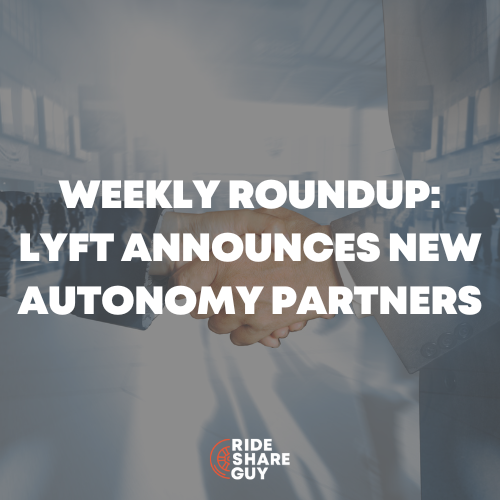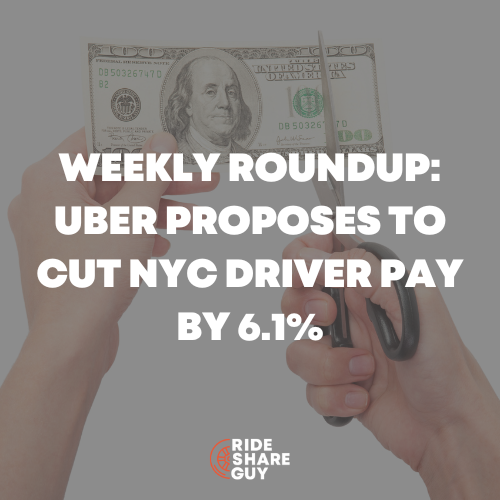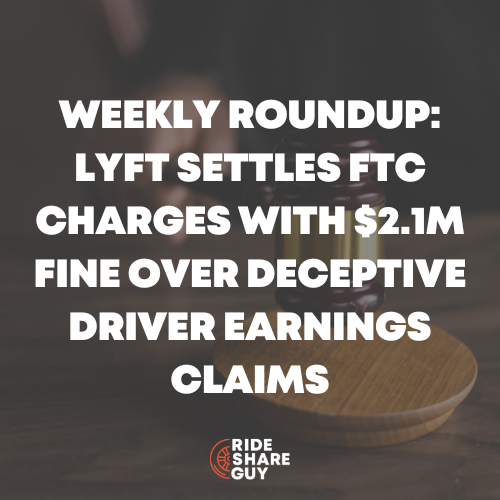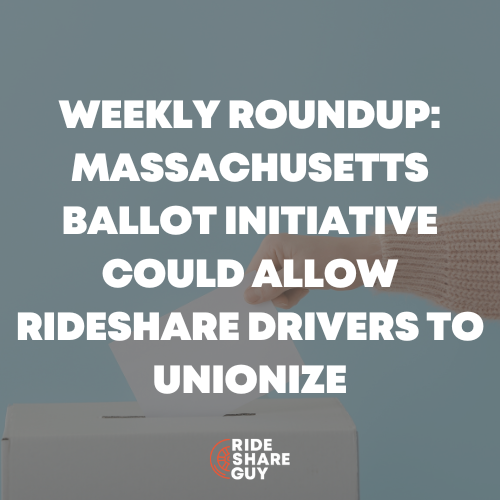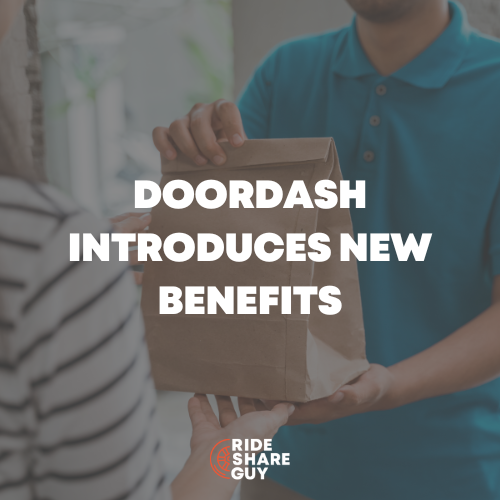A whole lot to get to in this week’s round up, including a Supreme Court ruling giving companies more, not less, power over workers, and potential Uber profitability – maybe. Senior RSG contributor John Ince covers all that, plus Uber plays nice (across the pond), Lyft’s new goodwill gestures, and the Wild West of Bird Charging.
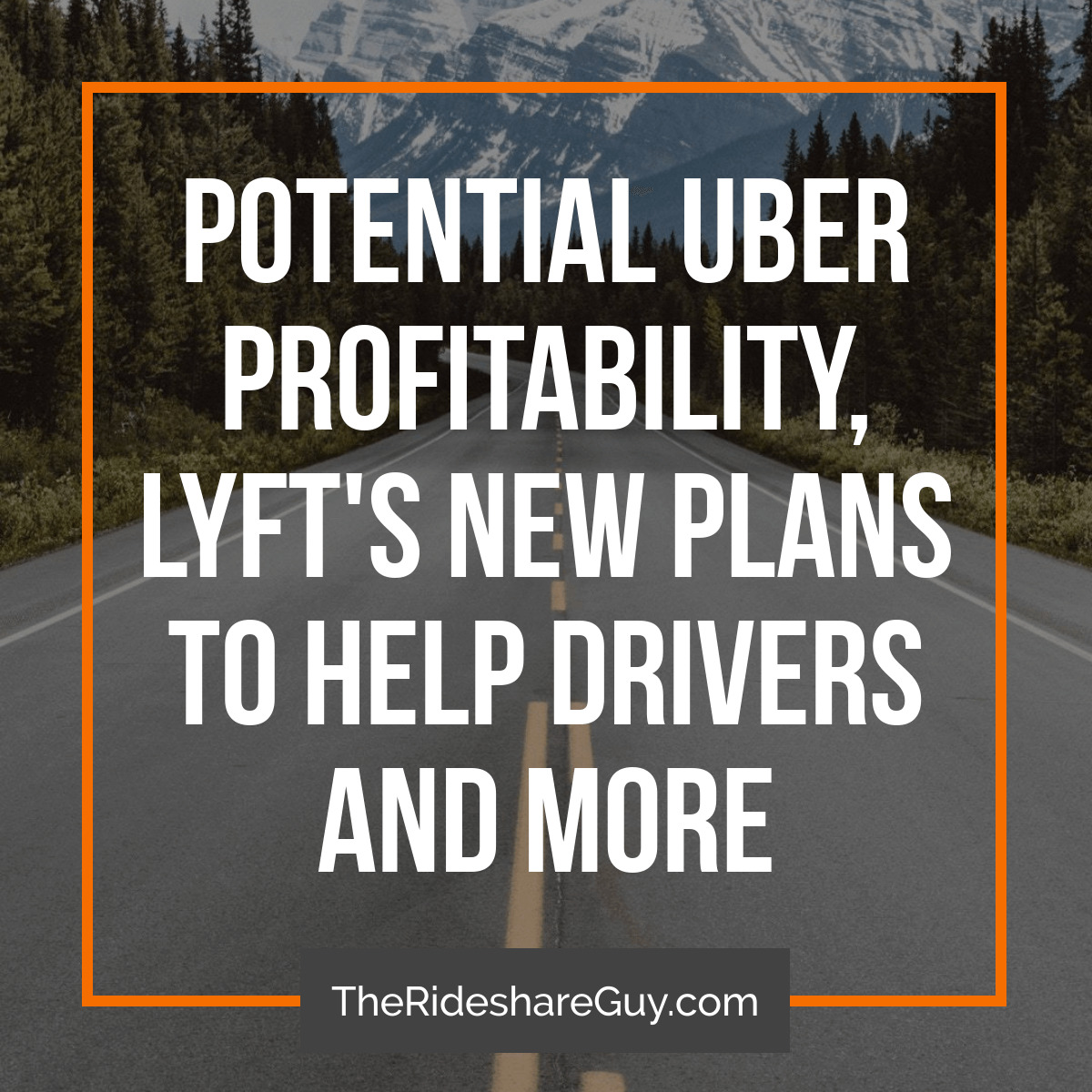
Supreme Court rules that companies can require workers to accept individual arbitration: [Washington Post]
Sum and Substance: The Supreme Court ruled May 21 that companies can require workers to accept individual arbitration.
An ideologically divided Supreme Court ruled Monday that companies may require workers to settle employment disputes through individual arbitration rather than joining to press their complaints, a decision affecting as many as 25 million workers.
The court’s conservative majority said that the 5-to-4 ruling was a logical reading of federal law, and Congress’s preference for using arbitration to avoid costly and time-consuming litigation.
But the decision, involving a wage dispute, was roundly criticized on the left, and advocates said it could make it harder to press other workplace complaints such as discrimination and sexual harassment.
“Employees may now be forced behind closed doors into an individual, costly — and often secret — arbitration process,” said Fatima Goss Graves, president and chief executive of the National Women’s Law Center. “This will stack the deck in favor of the employer.”…
Arbitration contracts are a growing trend. Ginsburg wrote in her dissent that only 2.1 percent of non-unionized companies imposed mandatory arbitration agreements on their employees in 1992, but nearly 54 percent do now. She took exception to Gorsuch’s description that workers had “agreed” to abide by one-to-one arbitration.
One of the companies, Epic Systems Corp., emailed its employees the arbitration agreement and said that if they continued to work at the company, they would be “deemed” to have accepted the terms….
My Take: This is a major setback to labor and drivers. Supreme Court Justice Neil Gorsuch, who wrote the majority ruling, completely whiffed when he wrote, “the employees in the case had ‘agreed’ to arbitration.” Is it agreeing to something when the key points of the agreement are buried deep in the back pages of legalese? Is it agreeing when you have neither the time or expertise to understand what they mean? Is it agreeing when you your only alternative to checking the box is to give up driving for Uber and/or Lyft altogether?
No, there was no choice and no “agreement” – just a one sided power play by the corporate giant. But this game isn’t over. Already labor lawyers are adapting to the new reality with new tools. One firm, Ogletree Deakins, announced an “automated tool that quickly prepares custom arbitration agreements with class action waivers based on employers’ requirements and preferences.”
In a broader sense, this ruling reflects the growing concentration of power in the corporate sector and the emasculation of the labor movement. These are not equal adversaries here – Uber and Lyft have mostly all the power in this gig relationship, and with this ruling, they just got a lot more powerful.
Uber Shows a Quarterly Profit, Sort of, Thanks to Grab Deal: [Bloomberg]
Sum and Substance: Uber Technologies Inc., after years of historic losses, is laughing to itself this quarter. It turned a $2.5 billion profit during the first three months of this year — technically.
The company recorded a profit on paper, after accounting for the value of selling its Southeast Asian business to Grab and its Russian business to Yandex.
But it’s a different story without those windfalls. Uber had a loss of $312 million before interest, taxes and other expenses in the quarter, cutting those losses in half compared to the first three months of 2017, according to financials provided by Uber. That’s a marked improvement for a company that’s burned through more than $10 billion.
Still, Uber doesn’t expect those losses to go away. Even though Chief Executive Officer Dara Khosrowshahi preached responsibility when he took over in September, he’s grown convinced that Uber needs to invest in new areas of growth, spending on food delivery, autonomous vehicle research and electric bikes.
Uber is taking a page from Amazon’s book: money-making businesses like ride-hailing can fund promising but decidedly unprofitable ones like designing flying cars. “Cars are to us what books are to Amazon,” Khosrowshahi said at a Goldman Sachs conference in February…
Uber is a private company, and so is not required to disclose performance metrics, but after years of leaked financials it has begun disclosing the numbers to reporters. For the second time, Uber has made retroactive adjustments to its financials — though the impact of those changes is relatively minor, based on documents provided by the company.
Going forward, Uber is focused on India and the Middle East where it faces local competitors. Executives insist that its days of selling its overseas businesses to local rivals are over, and the company is doubling down in those markets. Meanwhile, Didi Chuxing, the Chinese company that Uber sold its business to in 2016, is now competing with Uber directly in Mexico and has quietly entered Uber-dominated Australia.
My Take: To sum up, Uber, as DK put it, is off to a “terrific” start in 2018. Really? What’s not so terrific is that Uber continues to take a greater and greater percentage of passenger fares for itself – leaving less and less for drivers.
I suppose only losing $300 million is better than losing over a billion on a quarterly basis last year – especially when you describe the loss as a $2.9 billion gain on disposition of assets. But $300 million is still $300 million – a loss level that would stun almost any other private company. Still, they Uber on. Hopefully, they will continue to Uber on and start to turn a real profit sometime, before their $6 billion cash hoard is all gone.
Uber gives drivers sick pay and parental leave: [BBC]
Sum and Substance: Ride-hailing firm Uber will give its European drivers access to medical cover and compensation for work-related injuries. The new protections include sick pay, parental leave and bereavement payments. Uber said it previously “focused too much on growth and not enough on the people who made that growth possible”.
“We called drivers ‘partners’, but didn’t always act like it,” said Uber’s chief executive Dara Khosrowshahi. The insurance and compensation package will be available to all Uber drivers and Uber Eats delivery couriers across Europe. However, unions have questioned whether the package is new…
James Farrar, chair of the United Private Hire Drivers branch of the IWGB union, told the BBC: “This is not nearly enough. We have statutory rights under the law. What Uber has given us are cosmetic benefits that can be taken away at any time.”
Uber’s announcement comes before an appeal hearing at Westminster Magistrates Court on 25 June, where a judge will decide whether Transport for London (TfL) should renew Uber’s private hire operating licence in London…
Uber said it will provide drivers with a range of insurance coverage and compensation resulting from accidents or injuries that occur while they are working, as well as protection for “major life events” that happen whether the driver is on a shift or not.
My Take: Uber’s history of deception is at work here, where what could have been viewed as a tangible and sincere gesture is instead viewed with extreme skepticism. Uber does not have a track record in driver largesse – of voluntarily giving things to drivers. More likely, Uber’s ultimate goal here is to curry favor with the regulatory bodies that will determine if, and how, the company can operate.
Uber’s playing nice under their new CEO, at least, that’s what they’re want us to believe. Do you believe it? I don’t. Uber’s in business to make money and the only way they’ll do that is if they get cooperation and concessions from regulators. That’s what’s behind this gesture.
Building a bright future for Lyft drivers: [Medium]
Sum and Substance: … Based on our projections, we expect our driver community to more than double in the next 5 years. Just as advancements in aviation technologies haven’t reduced the need for pilots or flight staff, there’s still security in the future for the 1.4 million people who depend on driving for an income. We are in the business of supporting our drivers for the long haul. Period.
… Starting today, we’re deepening our commitment to supporting drivers by nearly doubling our operational hours at all our current Hub locations, in 15 cities across North America. This summer, we’ll break ground on the next generation of Lyft Hubs designed to support drivers on and off the road. We’ll help drivers make a greater profit by reducing their costs, and providing education on how to maximize their earnings:
• Oil changes and basic vehicle maintenance at a heavy discount
• Charging stations for electric vehicles
• Car and SUV rentals with our partners through Express Drive
• Learning spaces to facilitate help with filing taxes and getting career support
• Communal areas that offer not only coffee and refreshments, but education opportunities(we’re all in the hospitality business together)
• Access to clean bathrooms and comfortable spots to rest
• Help desks for easy access to the Lyft support team
We’ll unlock these in partnership with other companies who share our values of economic mobility, as we’ve done with tax support through Intuit and education perks through Guild.
… To that end, we’re designing the new hubs to foster these connections at scale. Drivers can reserve space to host skill-sharing meetups, like how to earn more tips or drive in a new city, or network around common interests like volunteering or entrepreneurship.For us, the term headquarters is a bit of a misnomer — it’s our local presence, not our largest office, that makes Lyft what it is. Those of us in San Francisco consider ourselves field support: from engineers to marketers, we’re all working in service of our on-the-ground teams and drivers, supporting big investments so Lyft continues to thrive locally.
… Because just as we’re committed to ending traffic and making cities greener, we’re equally invested in the people who make Lyft possible. They’re more than drivers — they’re mothers, fathers, artists looking for a lucky break — and we take seriously our responsibility to help them reach their goals.
My Take: There is a lot of nice sounding stuff in this Lyft PR piece on Medium. You might think of this as Lyft’s counter-offensive – their answer to Uber’s 180 days of change.
It’s a clearly articulated agenda to improve relations with drivers. Will it work? Partially, yes. I actually think Lyft’s plan to create 30+ expanded hubs for drivers with various amenities is a great idea. It’s nothing major, but it will marginally improve the experience for some drivers who can use it.
Kudos to Lyft for making life a little better – but remember it’s only a little better.
Electric Scooter Charger Culture Is Out of Control [The Atlantic]
Sum and Substance: Bird is a scooter-sharing company that launched in 2017 and has been dubbed the “Uber of scooters.” Its goal is to alleviate congestion and allow people an easy way to travel quickly for short distances of just a few miles. Riders can locate and unlock scooters using the company’s smartphone app, and after paying the $1 unlocking fee are charged 15 cents per minute during use.
Birds are available in a growing number of American cities including Austin, Texas; Nashville, Tennessee; Los Angeles; San Francisco; Scottsdale, Arizona; Washington D.C.; and Atlanta. The scooters are all battery-powered and dockless, so they can be picked up or dropped off anywhere.
But when night falls, what most riders don’t realize is that the scooters themselves are charged by a contract workforce. These people are known as “Bird hunters” or “chargers,” and they’re growing exponentially in number.
Editor’s Note: This article on the Bird Charger culture is illuminating. Even though being a Charger is relatively new (especially in cities like Scottsdale, AZ, and Austin, where Bird recently launched), leave it to people to figure out how to hustle – and quickly.
Bird is one of those companies that seems to be growing fast and relatively successfully, hoarding and theft issues aside. Using a Bird to get around town is popular – and so is being a Bird Charger. For now, it seems like Bird Charging is really the Wild West, which means there’s money to be made if you’re willing to get in there and figure it out.
Luckily, you don’t have to figure out how to be a successful Bird Charger all on your own. Harry’s written an excellent article on getting started as a Bird Charger here, plus you can join the collaborative Bird Charger Facebook group here to ask questions and learn strategy.
Readers, what did you think of this week’s round up?
-John @ RSG
